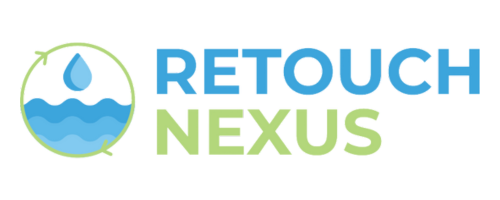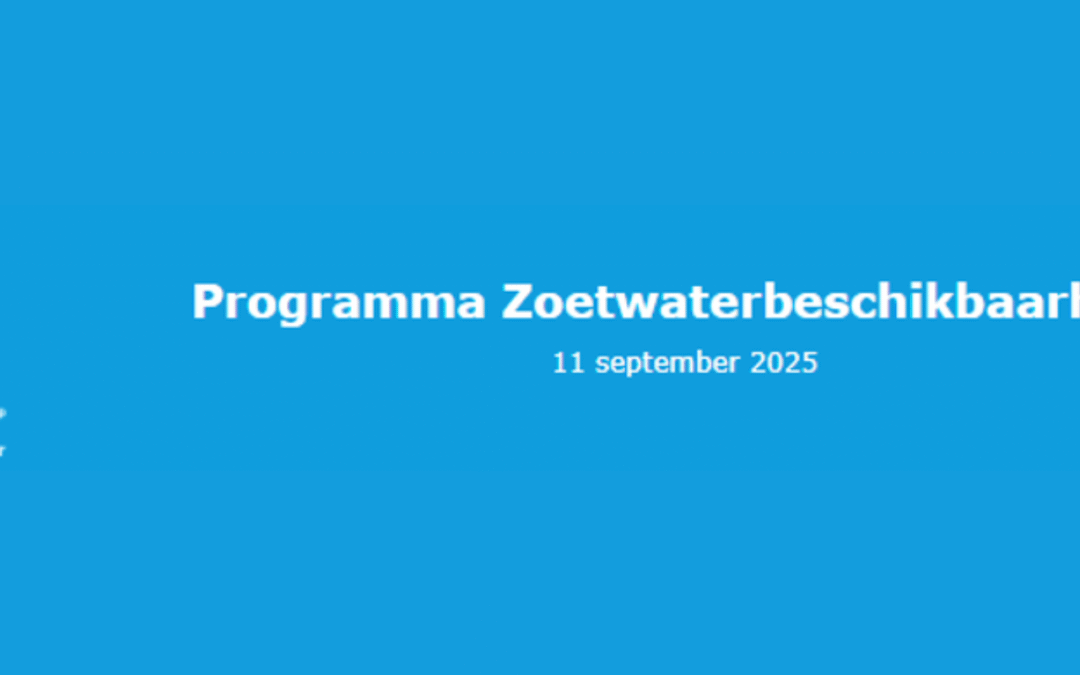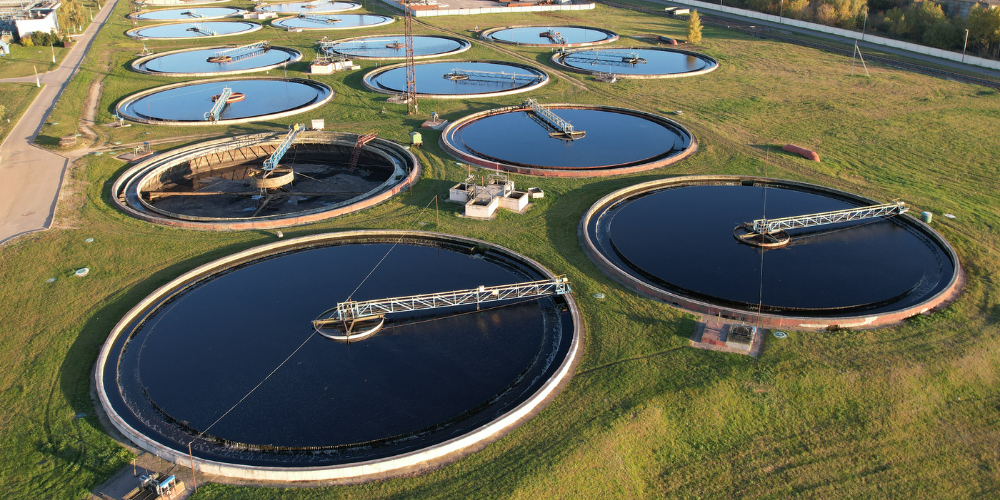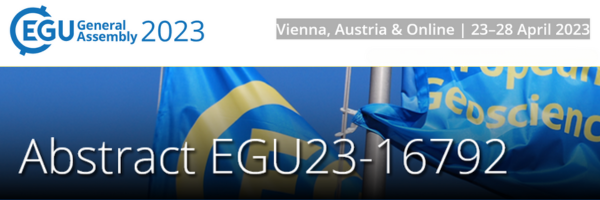We are delighted to announce a new publication by our project partner, Vrije Universiteit Amsterdam (VUA), in collaboration with Yuzhi Yang, Erik Ansink, and Jens Gudmundsson. Titled “How to pollute a river if you must,” the study appears in the Journal of Environmental Economics and Management.
This paper offers a cutting-edge framework to address the river pollution claims problem, focusing on equitable and environmentally conscious allocation of emissions permits.
A New Framework for Addressing River Pollution
The authors propose a novel approach to managing river pollution by considering agents positioned along a river, each claiming a portion of a limited budget of emission permits. This river pollution claims problem extends the classic claims problem by introducing the crucial dimension of location: upstream emissions have greater environmental impact as pollutants flow downstream, affecting broader ecosystems and communities.
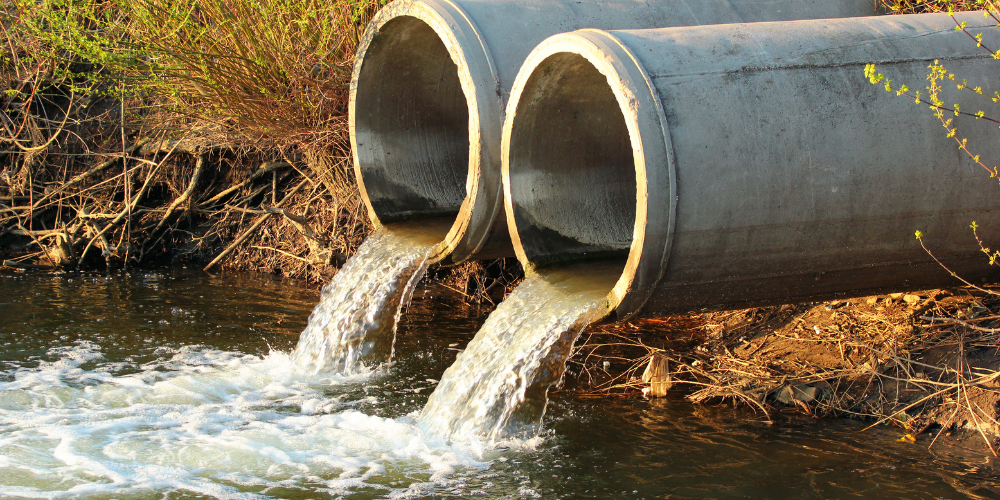
Motivated by real-world challenges such as nutrient pollution from agriculture and industrial chemical pollution, the study aims to balance fairness concerns and environmental conservation goals. The framework not only accounts for the volume of emissions but also their distribution and location-specific impacts, offering solutions that reflect the hydrological and ecological realities of river systems.
Tackling Urgent Environmental Challenges
Water pollution is a pressing global issue, with severe health and ecological consequences. For example, surface water pollution in China has been linked to significant increases in digestive cancer death rates (Ebenstein, 2012). Moreover, pollutants like nitrogen can cause acidification and eutrophication, disrupting freshwater ecosystems and harming aquatic life (Camargo and Alonso, 2006). The complex governance of rivers—many of which span multiple jurisdictions—compounds the challenge, emphasizing the need for effective, cooperative solutions.
A Compromise Between Fairness and Environmental Priorities
A central contribution of the paper is the development of externality-adjusted proportional rules, which strike a compromise between fairness and minimizing environmental damage. These rules ensure that upstream agents, whose emissions cause more significant downstream impacts, bear greater responsibility. The authors formalize these rules using a set of innovative axioms that emphasize consistency and invariance, ensuring practical applicability across various contexts.
A Real-World Case Study: The Tuojiang Basin
To illustrate their findings, the authors apply their framework to the Tuojiang Basin in China. This case study highlights how their model can inform practical policymaking, offering insights into the distribution of emissions permits to balance economic activity with environmental stewardship.
Connecting to Broader Research
The paper situates its contributions within four key areas of literature:
- Global carbon budgets and their fair distribution.
- Water allocation in river systems, emphasizing cooperative and claims-based approaches.
- Economic implications of river cleaning and cost-sharing mechanisms.
- Water quality trading systems, where the proposed rules provide a foundation for initial permit distribution.
Read the Full Article
We encourage all interested readers to delve into this important work, which exemplifies the RETOUCH NEXUS project’s commitment to addressing the intersections of fairness, environmental sustainability, and resource management.
Informative evening for HHNK’s Freshwater Availability Programme
On Thursday, 11 September, the water authority Hoogheemraadschap Hollands Noorderkwartier (HHNK) held an information evening as part of the public…
🤝 Building a Participatory Path for Water Governance in North Holland
RETOUCH NEXUS supports stakeholder engagement for the Freshwater Availability Program. In response to the growing threat of water scarcity in…
Addressing Water Scarcity in the Netherlands: Insights from the RETOUCH-NEXUS Project
Water scarcity is an increasingly pressing issue in the Netherlands, driven by the dual challenges of climate change and declining…
New Publication: Exploring Fair and Sustainable Pollution Management by our Project Partner VUA!
We are delighted to announce a new publication by our project partner, Vrije Universiteit Amsterdam (VUA), in collaboration with Yuzhi…
EGU24 – Abstract: A Comparative Analysis of Economic Instruments for Water Management across Europe
On Jan, 10 2024, our project partner, UPV (Universitat Politècnica de València, Research Institute of Water and Environmental Engineering, Spain)…
Establishing a baseline to characterise each RETOUCH NEXUS case study
Last September, our project completed two tasks aimed at exploring water governance models, institutional frameworks and economic, financial and commercial…
Article – Tackling Europe´s water problems requires new ways of governance
Three new research and innovation projects tackle Europe’s water problems by putting into test collaborative and cross-sectoral solutions.Water has been…
EGU23 General Assembly 2023 – Abstract
The RETOUCH NEXUS project is proud to attend the #EGU23 organised by the European Geosciences Union (EGU) at the Austria…
